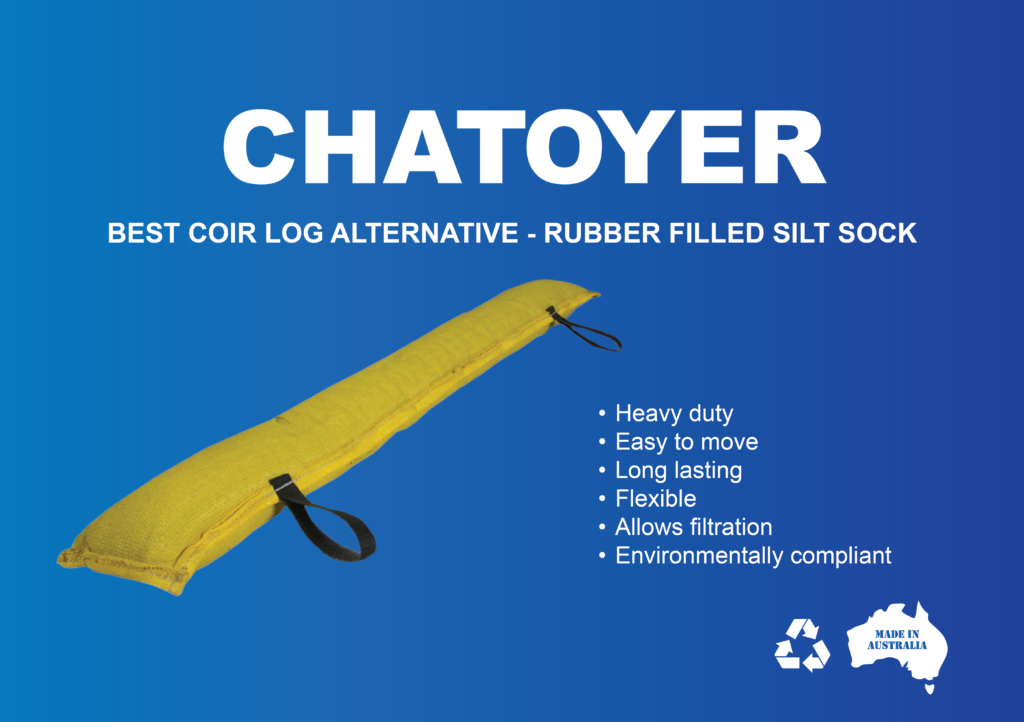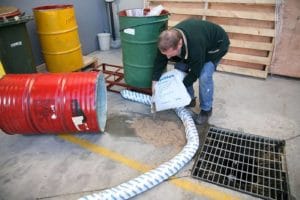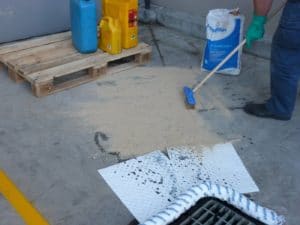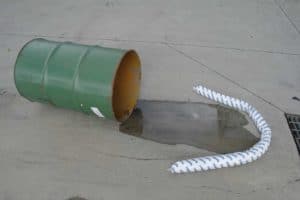The Department of Agricultural Fisheries and Forestry is tightening the alert level and biosecurity requirements for coconut fibre imports because of the rampant coconut bug and beetle infestation, which is why you might experience long delays in your coir log shipment orders.
Coir Log's Best Alternative

Chatoyer’s Rubber-filled silt socks are environmentally compliant. It is constructed with a heavy-duty, UV-resistant HDPE mesh containing recycled rubber crumb. These properties makes it durable, long-lasting and reusable.
Coconut Bug and Coconut Beetle Infestation
Here are the insects you should watch out for:

Image Source (Haas 2018)
Coconut Nutfall Bug (Left Hand Side)
The coconut nutfall bug (Amblypelta cocophaga) is widespread in countries that have tropical climates. It is a sap-sucking insect that mainly feeds on fruit, flowers and growing shoots. It can lay around 74-100 eggs and takes 6-8 days to hatch. Coconut bugs or red bugs are not easy to spot as they usually stick to the coconut plant’s crevices and crannies, while the adult bug camouflages perfectly with the colour of the log and husk.
Coconut Red Palm Weevil (Right Hand Side)
The red palm weevil (Rhyncophorus ferrugineous) is a pest spread extensively in Asia, the Middle East, North Africa, the Caribbean, Europe and Oceania. The larvae and adults often destroy the inside of the coconut without any sign of infestation, which makes it harder to detect. And while their lifespan only last three months, they go through several cycles of mating and egg-laying before dying.
These insects pose a risk to our international trade and agricultural resources. Therefore, following the biosecurity protocol is crucial to help protect Australia’s unique environment from unwanted pests.






